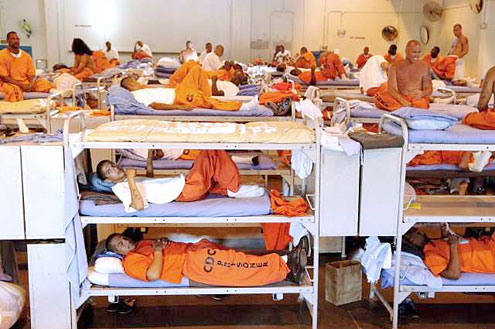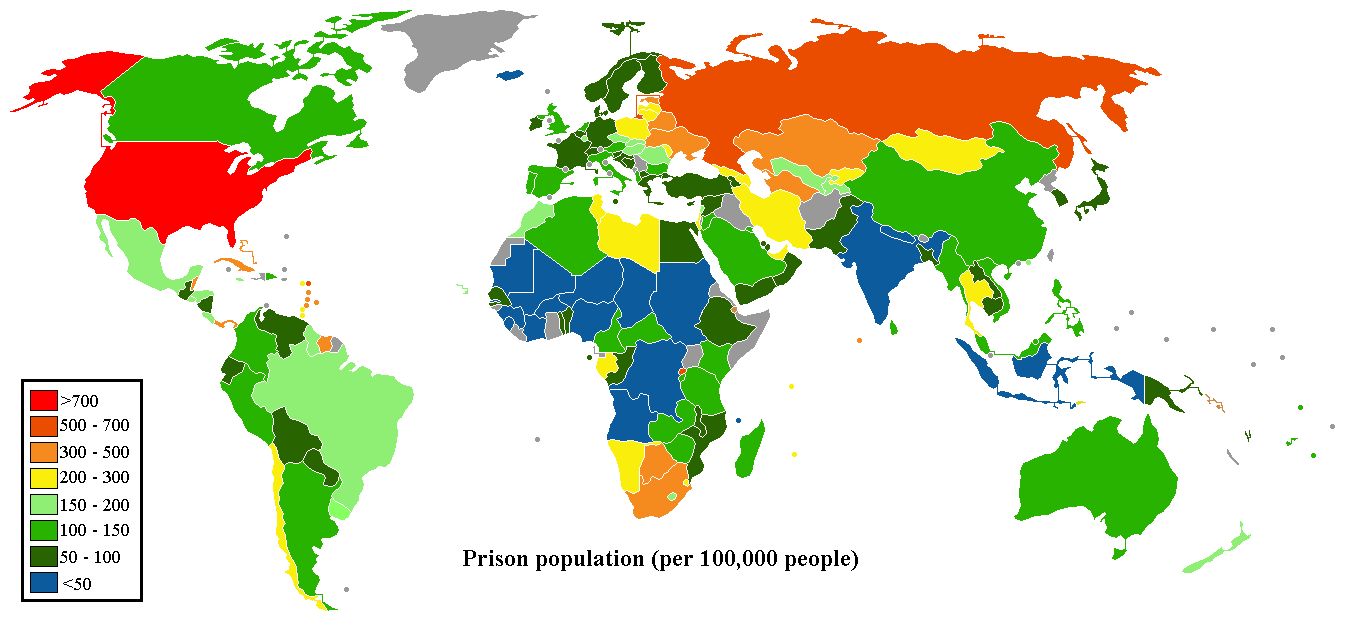Prisons and the Federal Budget

By 2008, prisons within the United States held well over a fourth of the world’s inmates. A surprising number since the U.S. makes up only 5% of the world’s total population. By December 31, 2010, the Bureau of Justice Statistics reported that state and federal correctional authorities had jurisdiction of over 1,612,395 prisoners, a number that has now reached closer to 2 million. The prediction that prison population will likely continue to grow is reflected in the President’s proposed 2013 budget, in which federal prisons are one of the few agencies which will not suffer any cuts.
The president’s proposed budget will secure a 4.2-percent increase over 2012 for the Bureau of Prisons (BOP), bringing its total budget to more than $6.8 billion. Federal prison population alone is expected to increase by 6,500 inmates next year, and the budget increase has been requested in order to account for the growth.
With cuts to defense, homeland security, Medicare, Medicaid, and many others, the BOP is seeking one of the largest budget increases of any federal agency.
According to the Pew Charitable Trust, between 1970 and 2005, U.S. prison population increased by 700%. Currently it is estimated that 1 of every 182 Americans is incarcerated in a federal or state prison.
With the highest incarceration rate in the world, the United States is trailed by China and Russia who have the second and third largest prison populations. China follows the United States with approx. 1.5 million inmates, although China’s population outnumbers that of the U.S. by 4.27 to 1. Russia comes in third with nearly .9 million prisoners.
The median incarceration rate of all other countries is roughly a sixth of the American rate.
Why does the United States have more prisoners than elsewhere?
Adam Liptak of the New York Times summed up the American approach to crime and punishment as follows,
“Americans are locked up for crimes — from writing bad checks to using drugs — that would rarely produce prison sentences in other countries. And in particular they are kept incarcerated far longer than prisoners in other nations.”
While it must be said that certain states, namely California, have been actively trying to lower prison populations to avoid overcrowding, the prison system in the United States has grown to the point of becoming a billion dollar industry. Crime rates have gone down significantly since the 1990’s and yet prison population has continue to rise, to the benefit of those investing in the prison industry. As a result, the prison industry has often been described as one of the fastest growing industries in America.
The imprisoning of persons for non-violent crimes, to the extent it is done in the U.S., is equaled nowhere else in the world. If the federal budget funds an increase in prison beds, law enforcement will have no problem filling them.





